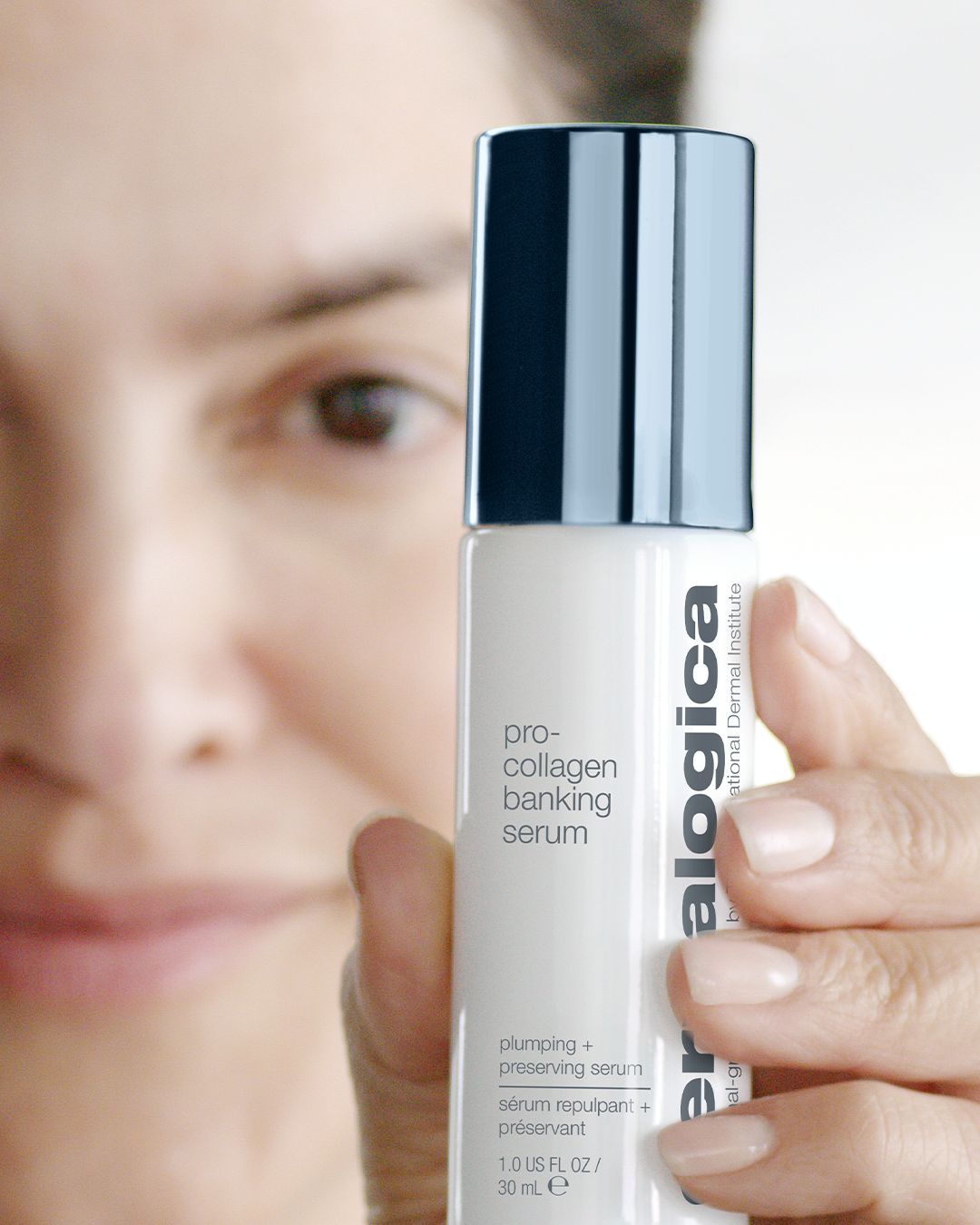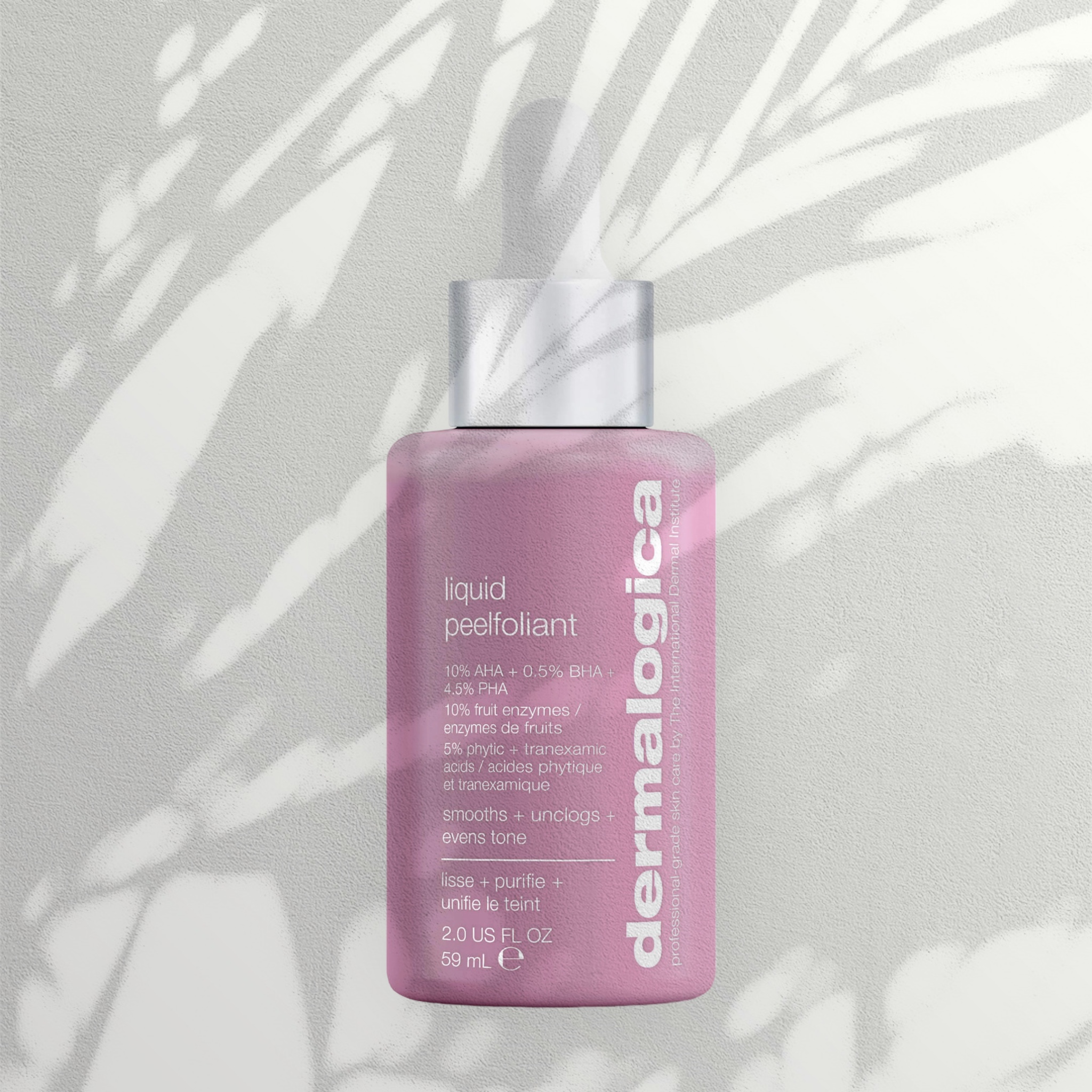In the quest for radiant and rejuvenated skin, Dermalogica skin peels have emerged as a popular option. These peels offer a non-invasive solution to a variety of skin concerns. Dermalogica peels are progressive, not aggressive. This unique three-acid approach provides powerful resurfacing that is 100% tailored to your skins. Whether you’re seeking to address fine lines, acne, or uneven skin tone, Dermalogica peels might just be the answer you’re looking for. Let’s delve into the world of Dermalogica skin peels, discussing who they are for, their benefits, and important considerations before undergoing the treatment.
Who Are Dermalogica Skin Peels For?
Dermalogica skin peels are suitable for a wide range of individuals, making them a versatile option for various skin types and concerns. They can be particularly beneficial for individuals dealing with:
1. Acne-Prone Skin: Peels can help unclog pores, reduce inflammation, and minimize the appearance of acne scars.
2. Uneven Skin Tone: Dullness, hyperpigmentation, and uneven skin tone can be improved with peels that encourage the shedding of damaged skin cells.
3. Fine Lines and Wrinkles: Some peels stimulate collagen production, which can help diminish the appearance of fine lines and wrinkles.
4. Sun Damage: Peels can assist in addressing sun damage by exfoliating the damaged outer layers of the skin.
How Many Peels Should You Have?
The number of peels recommended varies based on individual skin concerns and the type of peel being used. Generally, a series of peels spaced several weeks apart is recommended to achieve optimal results. Some individuals might see significant improvements after just one peel, while others might require multiple sessions for desired outcomes. Consulting a skincare professional will help determine the ideal treatment plan for your skin.
The Benefits of Skin Peels:
Dermalogica skin peels offer a host of benefits, including:
1. **Exfoliation:** Peels remove dead skin cells, allowing fresh and healthy skin to surface.
2. **Texture Improvement:** Skin texture becomes smoother and more refined as a result of the exfoliation process.
3. **Increased Collagen Production:** Certain peels stimulate collagen synthesis, leading to firmer and more youthful-looking skin.
4. **Reduction in Hyperpigmentation:** Peels can help fade dark spots and patches, revealing a more even complexion.
5. **Acne Management:** Peels can aid in controlling acne by unclogging pores and reducing inflammation.
Making the decision to have a skin peel involves several key considerations to ensure the best outcome for your skin. Here’s a step-by-step guide to help you make an informed choice:
1. Assess Your Skin Concerns: Identify the specific skin issues you want to address. Are you dealing with acne, fine lines, hyperpigmentation, or uneven skin texture? Understanding your primary concerns will help determine whether a peel is the right solution.
2. Consult a Professional: Schedule a consultation with a licensed dermatologist or skincare professional. They can assess your skin type, current condition, and medical history to determine if a peel is suitable for you. They’ll recommend the type of peel that matches your needs and skin sensitivity.
3. Understand the Peel Options: Learn about different types of peels available, such as superficial, medium, and deep peels. Each type has varying degrees of intensity and downtime. Your skincare professional will guide you on which type aligns with your goals.
4. Set Realistic Expectations: Understand that results may vary based on your skin type and the type of peel. Discuss your expectations with the professional to ensure they are achievable.
5. Preparation: If you decide to proceed, you might need to prep your skin with specific skincare products to strengthen the skin barrier and optimize peel results. Your skincare professional will guide you through this process.
6. Determine Downtime: Different peels have different downtime periods during which your skin might appear red, flaky, or peeling. Consider whether you can accommodate this downtime in your schedule.
7. Avoid Active Irritants: In the weeks leading up to the peel, avoid using products with active ingredients like retinoids or acids, as they can increase skin sensitivity.
8. Discuss Potential Risks: Make sure you’re aware of the potential risks and side effects associated with the peel, such as redness, sensitivity, or post-peel pigmentation changes. Your skincare professional should provide detailed information.
9. Consider Allergies and Sensitivities: Let your skincare professional know about any allergies or sensitivities you have to avoid adverse reactions.
10. Follow Post-Peel Care: After the peel, you’ll need to adhere to a post-peel care routine recommended by your skincare professional. This often involves gentle cleansers, moisturizers, and sun protection.
11. Plan Sun Protection: Sun protection is crucial post-peel, as your skin will be more sensitive to the sun’s harmful rays. Commit to using sunscreen daily.
12. Health Conditions and Medications: Inform your skincare professional about any underlying health conditions or medications you’re taking. Some medical conditions and medications might affect your suitability for a peel.
13. Cost Consideration: Peels can range in cost based on type and location. Factor in the cost of multiple sessions if required.
14. Personal Comfort: Ultimately, listen to your gut feeling. If you’re unsure or have reservations, take more time to research or consult other professionals.
Remember, the decision to have a skin peel is a personalized one. It’s important to feel well-informed and comfortable with your choice, and consulting a skincare professional will guide you towards the best decision for your skin’s health and your desired results.
The Importance of a Strong Skin Barrier:
A compromised skin barrier is more vulnerable to irritation and inflammation. Before undergoing a skin peel, it’s crucial to ensure that your skin’s barrier is strong and healthy. If the skin barrier is compromised, the exfoliation process involved in peels could worsen the issue, leading to redness, sensitivity, and discomfort. It’s advisable to work on restoring your skin’s barrier function through a gentle skincare routine before considering a peel.
Dermalogica skin peels offer a promising solution for individuals seeking to rejuvenate their skin and address various concerns. From acne-prone skin to uneven tone, these peels provide a range of benefits. However, it’s essential to prioritize a strong and healthy skin barrier before embarking on a peel regimen. Consultation with a skincare professional is key to determining the most suitable approach for your unique skin type and needs. With careful consideration and expert guidance, Dermalogica skin peels could be your path to achieving that coveted radiant complexion. Check out my “Beginner’s Guide to A Skincare Regime” if you are new to skincare or need more education on strengthening your skin barrier click here>
Need more advice reach out to me info@embellishbeautyonline.co.uk
Rebecca x






Read the Comments +